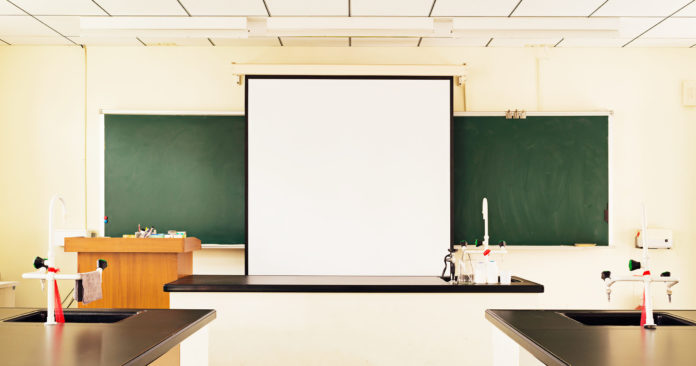It’s about time that I added to my listing of science communication rules. Previously, I described Rule 1:” You can’t be 100 percentage correct, but you can be 100 percentage wrong .” But clearly there is more to transmitting science than this–it has to be about more than merely not being wrong.
Now, I have my next science communication regulation to give you something more to think about as you induce your video or blog post or even a lecturing or seminar. Before stating my regulation, let me point out that in my previous post, I called it a Scientific Writing Rule–but here, I’m changing this to merely general communication.
Scientific Communication Rule 2 : You need to build a bridge–a content bridge. This bridge should connect some event or phenomena to an audience. The chore of the communicator is the establishment of the best( most appropriate) bridge.
How about an example? Take the Olympics as the event–and in particular let’s say that we want to talk about Simone Biles and how awesome she is at gymnastics. The task for a science communicator is to picking the type of content bridge to build that matches your audience. That audience could be scientists, or middle school students, or the general public.

In gymnastics, athletes both flip and spin. How do you explain this? Of course you are able choose to go all out and do full force physics on a number of problems like this. You could talk about angular momentum and the moment of inertia tensor. You could even start off with something like this 😛 TAGEND

This is the full relationship between the angular velocity vector and the angular momentum vector. Even this approach constructs some premises about a rigid object( else the moment of inertia will not be constant ). A bridge at this height probably won’t reach a very large audience–but that doesn’t mean you shouldn’t do it, depending on your goal.
At a slightly lower level, you could have a nice debate about these same instant of inertia minds, but leave off the complicated math. Here is a great instance of that from Quartz including some robot gymnastics. I also like my own visually-based explain( but it’s not as thorough) of twisting and flipping.
But perhaps you crave a slightly lower bridge. Maybe you merely want to talk about projectile motion for a gymnast in the air. Or it could be something about rotational hasten for different body postures. However, there is a problem. You still have to remember the first the principles of the rule of science communication–you don’t want to get into stuff that is absolutely wrong. This would be like a bridge that simply connects to the audience and the other end is only floating off into space.
Unfortunately, there is also a bridge that is even lower. It’s so low that this bridge could be underwater. I’m not going to use specific examples, but merely try searching for” gymnastics physics” and evaluate what you find. Some of the biggest wrongdoers are the videos–mostly because it’s really difficult to get a good point into merely a three minute video. But some of these videos aren’t precisely wrong–they just don’t really relate to the content. Here is a partially fictional example.
” Simone Biles is unbelievable and it has to do with kinetic energy. Kinetic energy is the quantity an object has when it is moving. Oh, here’s a cool diagram showing someone flipping .”
Seriously, some of the Olympic stuff out there is just random stuff like that. These science communicators are constructing an underwater bridge. And yes, I have built these same kinds of mistakes–that’s how I know you can really take a wrong turn in these cases. It can be quite a challenge to take an event and find one of these content bridges that is accessible to a large audience( but the challenge is what constructs it interesting ).
Just for fun, let me share one more Olympic bridge example. Here is a quote from one of my “favorite” science displays( you can probably guess which one ). They were talking about how awesome it is that a specific archer can kill with such high accuracy, along with some other stuff. It ran something like this 😛 TAGEND
” With each shot, this dude draws the string of the prow back with a army of 50 pounds. Over the course of an event, the dude could kill over 100 arrows for a cumulative army of 2 and a half tons !”
This is pretty close to being 100 percentage wrong. Yes, the computation is correct but the result is meaningless. It doesn’t really illustrate an impressive accomplishment, it’s just a series of numbers. I could do something similar for myself.
” As Rhett climbs a situated of stairs, he has to push with a army equal to his weight–approximately 160 pounds! If he climbs 10 storeys a period, that is a cumulative army of OVER 7.9 TONS !”
See? It’s just stupid. If you are going to build a content bridge, don’t make it stupid.
Read more here: http :// www.wired.com /~ ATAGEND







